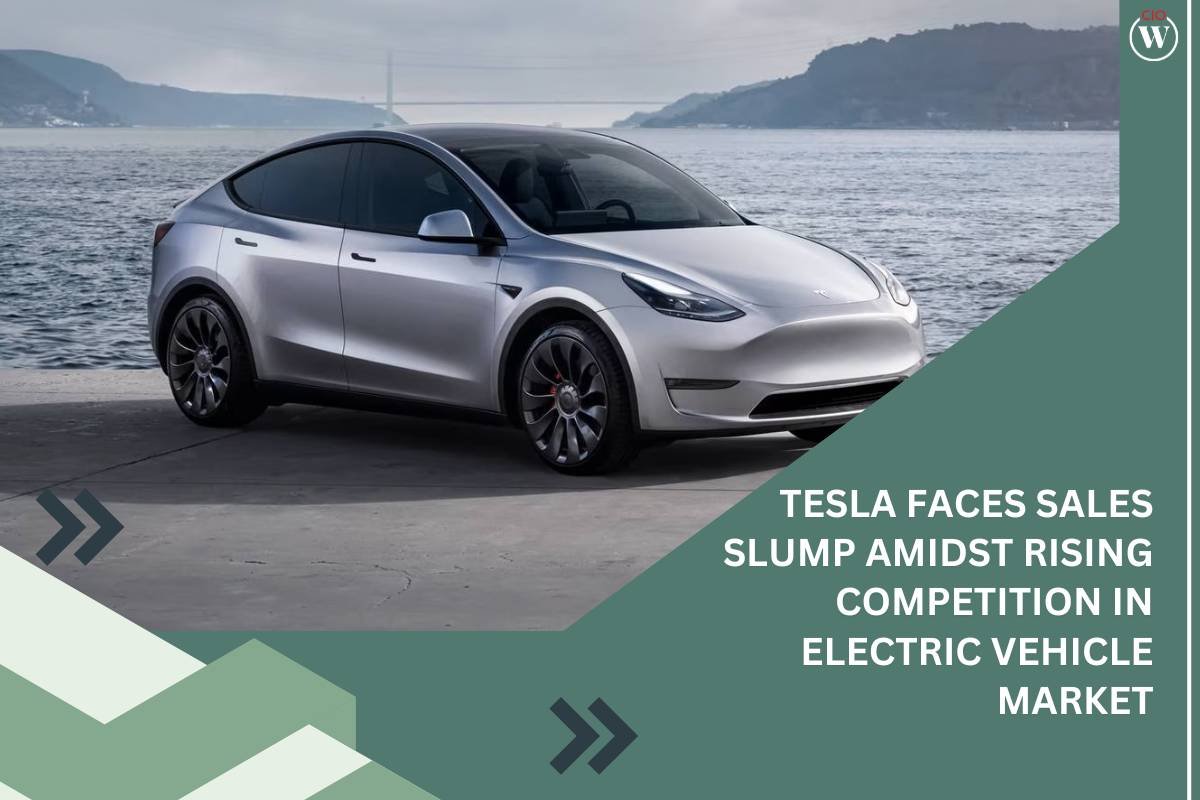Source – Edmunds
Tesla, the trailblazing electric car manufacturer led by CEO Elon Musk, has encountered its first annual Tesla Sales Slump since the onset of the COVID-19 pandemic. The decline comes as a consequence of heightened competition in the electric vehicle (EV) sector, with both Chinese and Western automakers intensifying their presence in the market. Despite producing 433,000 vehicles, Tesla’s deliveries amounted to only 387,000, marking a notable decrease from the previous year’s sales figures. This downturn contrasts sharply with Tesla’s robust performance in 2023, where it delivered 484,507 vehicles.
Tesla Sales Slump: Responds to Challenges
In response to the escalating competition, Tesla has resorted to price reductions to maintain its market share. While the company has historically boasted higher profitability compared to traditional automakers, these price cuts have put pressure on its profit margins, affecting investor sentiment and contributing to a decline in Tesla’s stock value. Previously buoyed by optimistic expectations of future sales growth, Tesla’s stock now faces a downturn, falling by 5% recently and shedding over a third of its value since the beginning of the year.
Evolving Dynamics in the EV Market
Tesla attributes its sales decline to various factors, including production ramp-ups and disruptions caused by geopolitical events. Notably, the company faced challenges due to diverted shipping routes and factory closures resulting from incidents like arson attacks. Furthermore, the emergence of formidable competitors, particularly in China, poses a significant threat to Tesla’s market dominance. Despite experiencing a decline in sales, Tesla managed to reclaim its global title from BYD, a Chinese automaker, albeit amid a challenging market landscape.
Moreover, legacy automakers in Western countries are intensifying their EV efforts, further complicating Tesla’s position. Companies like Toyota and General Motors are making significant strides in EV production, with some models experiencing substantial sales growth. Analysts remain cautiously optimistic about Tesla’s long-term prospects but emphasize the need for strategic adjustments to navigate the evolving market dynamics effectively.
In conclusion, the Recent Tesla sales slump underscores the evolving landscape of the EV market, characterized by increased competition and shifting consumer preferences. As the industry continues to evolve, Tesla faces the imperative to adapt its strategies to maintain its competitive edge and sustain long-term growth.









